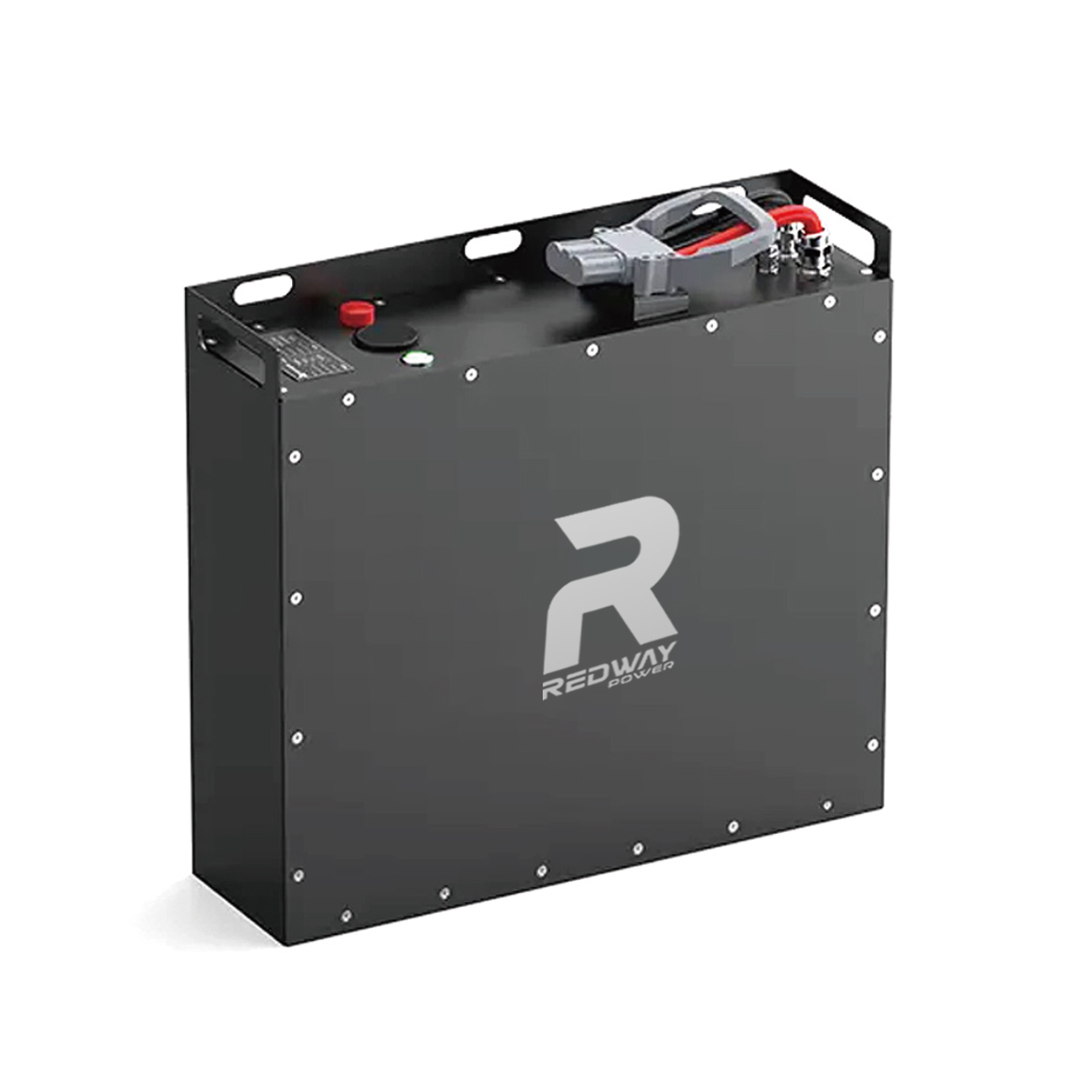Deep Cycle LiFePO4 Batteries Manufacturer
Looking for a business partner from whom you can buy deep cycle lithium batteries at wholesale price? We got you covered. Learn more about how we can work together.
Redway Lithium ion Battery Factory has been diligently striving to unlock the mysteries of transforming deep cycle LiFePO4 Batteries into a profitable venture. Discover the inner workings of LiFePO4 Batteries, explore their advantages, various categories, extensive product line, exceptional craftsmanship, and a plethora of other fascinating details by simply clicking the button below!
We are a Lithium Battery OEM Factory
Redway is dedicated to the domains of 12V, 24V, 36V, 48V, 60V, 72V, 80V, 96V, 100V Deep Cycle Lithium Iron Phosphate Batteries, RV lithium battery, Marine battery, Rack-mounted lithium battery, Golf cart lithium battery and Forklift lithium batteries. Their ultimate goal is to fulfill the diverse energy needs of customers by providing comprehensive energy service solutions. These solutions encompass a range of offerings, including lithium-ion battery energy storage products, smart hardware solutions, energy investment, and operational services, among others.
Don’t you find what you are looking for?
Just tell us your detailed requirements. The best offer will be provided.
Blog
How Do Chinese Factories Ensure Quality Control?
January 8, 2026
No Comments
Chinese factories maintain high-quality standards through structured inspections, lab testing, and certified processes to meet global benchmarks. Leading OEM manufacturers like Redway Battery in Shenzhen
What Are Lead Times for Golf Cart Batteries from China?
January 8, 2026
No Comments
Golf cart batteries from China typically ship within 4-6 weeks for standard orders and 8-12 weeks for customized packs. Leading manufacturers like Redway Battery achieve
What Customization Services Do Chinese Manufacturers Provide?
January 8, 2026
No Comments
Chinese manufacturers, particularly in Shenzhen and Guangzhou, offer full OEM/ODM customization services. They specialize in modular designs for batteries, housing, and furniture, enabling wholesale clients








